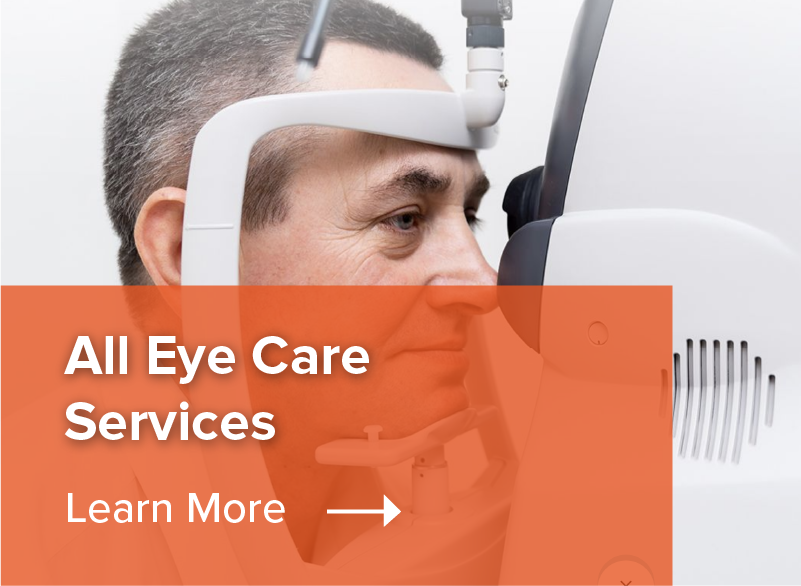Welcome to our first official post on The Eye Examiner! Today, we’re diving into a common yet often misunderstood condition: dry eye disease. If you’ve ever experienced discomfort, irritation, or a gritty sensation in your eyes, you might be one of the many individuals affected by this condition.
What is Dry Eye Disease?
Dry eye disease occurs when your eyes do not produce enough tears or when the tears evaporate too quickly. This can lead to inflammation, discomfort, and even damage to the surface of your eyes. Factors such as age, hormonal changes, prolonged screen time, and environmental conditions can contribute to dry eyes.
How is Dry Eye Disease Diagnosed?
Diagnosing dry eye disease typically involves several steps:
- Patient History: Your optometrist will ask about your symptoms, medical history, and any medications you’re taking.
- Eye Examination: A thorough examination will help assess the health of your eyes. Tests may include:
- Tear Breakup Time: This measures how long it takes for tears to break up after blinking.
- Schirmer Test: This test evaluates tear production by placing a small strip of paper in your lower eyelid to see how much moisture is produced.
- Ocular Surface Staining: A dye is applied to your eyes to highlight any damage to the surface.
Treatment Options for Dry Eye Disease
Treatment for dry eye disease varies based on its severity and underlying causes. Common treatments include:
- Artificial Tears: Over-the-counter eye drops can help lubricate the eyes.
- Medications: Prescription medications may be recommended to increase tear production or reduce inflammation.
- Lifestyle Changes: Increasing humidity, taking breaks from screens, and staying hydrated can also alleviate symptoms.
Spotlight on Intense Pulsed Light (IPL) Therapy
One of the more innovative treatments for dry eye disease is Intense Pulsed Light (IPL) therapy. Originally developed for skin conditions, IPL is now gaining traction in the eye care world for its effectiveness in treating dry eyes, particularly those caused by meibomian gland dysfunction (MGD).
How Does IPL Work?
IPL therapy uses bursts of light to target and treat the underlying causes of dry eye disease. Here’s how it works:
- Stimulating Tear Production: The light helps to unblock the meibomian glands, which produce the oil component of tears, improving tear film stability.
- Reducing Inflammation: IPL reduces inflammation around the eyes, helping to alleviate discomfort.
- Promoting Healing: The therapy can stimulate the natural healing processes in the eyes.
What to Expect During IPL Treatment
A typical IPL session lasts about 15 to 30 minutes and is usually performed in a series of treatments. Patients often report immediate improvement in symptoms, with long-lasting effects following the complete treatment plan.
Conclusion
Dry eye disease can significantly impact your quality of life, but with the right diagnosis and treatment, relief is possible. If you suspect you have dry eye disease, consider consulting your optometrist about your symptoms and whether IPL therapy might be a suitable option for you.
Stay tuned for our next post, where we’ll explore another exciting topic in the world of eye care! Remember, taking care of your eyes is essential to maintaining overall health and well-being.
— The Eye Examiner Team


